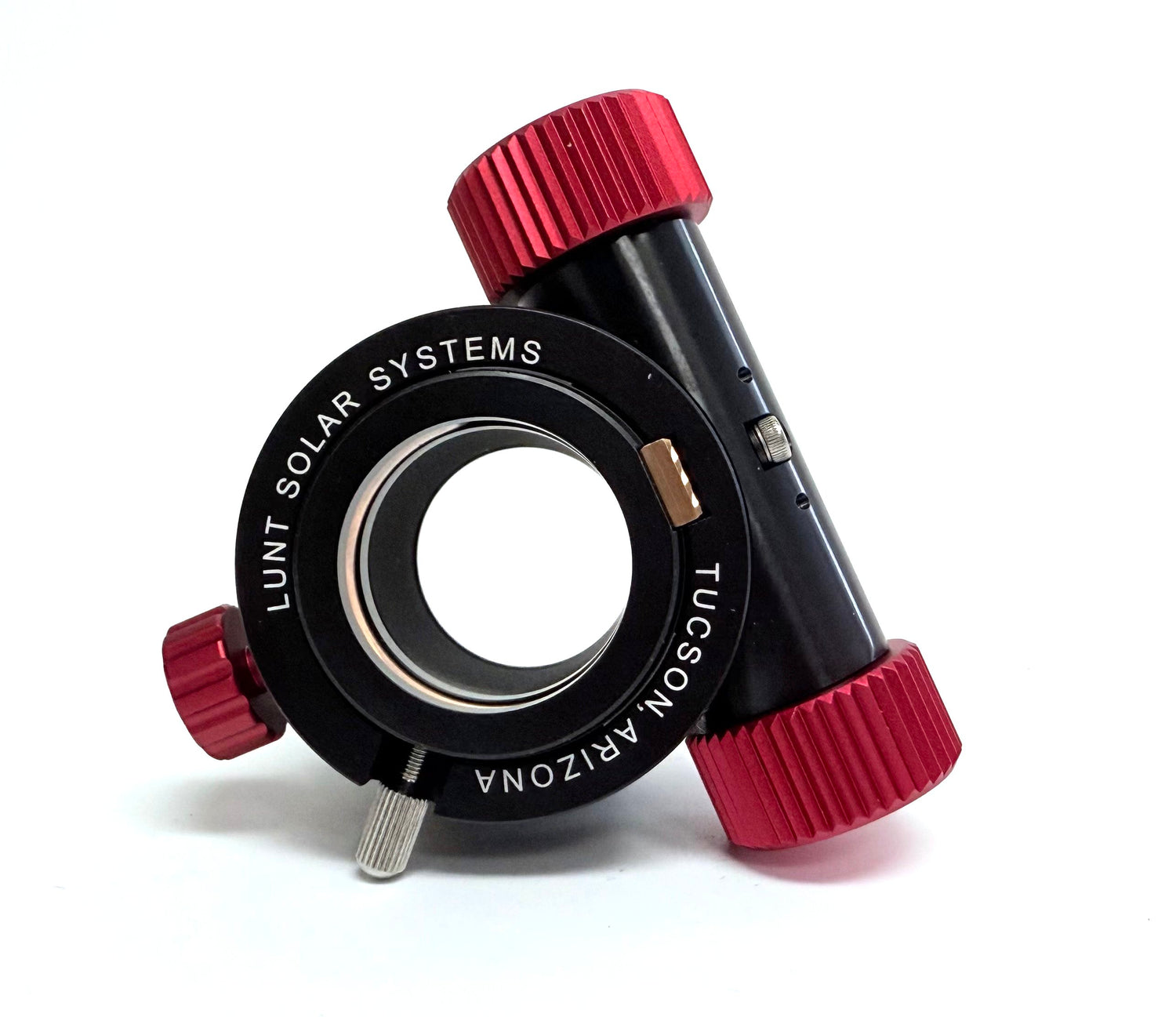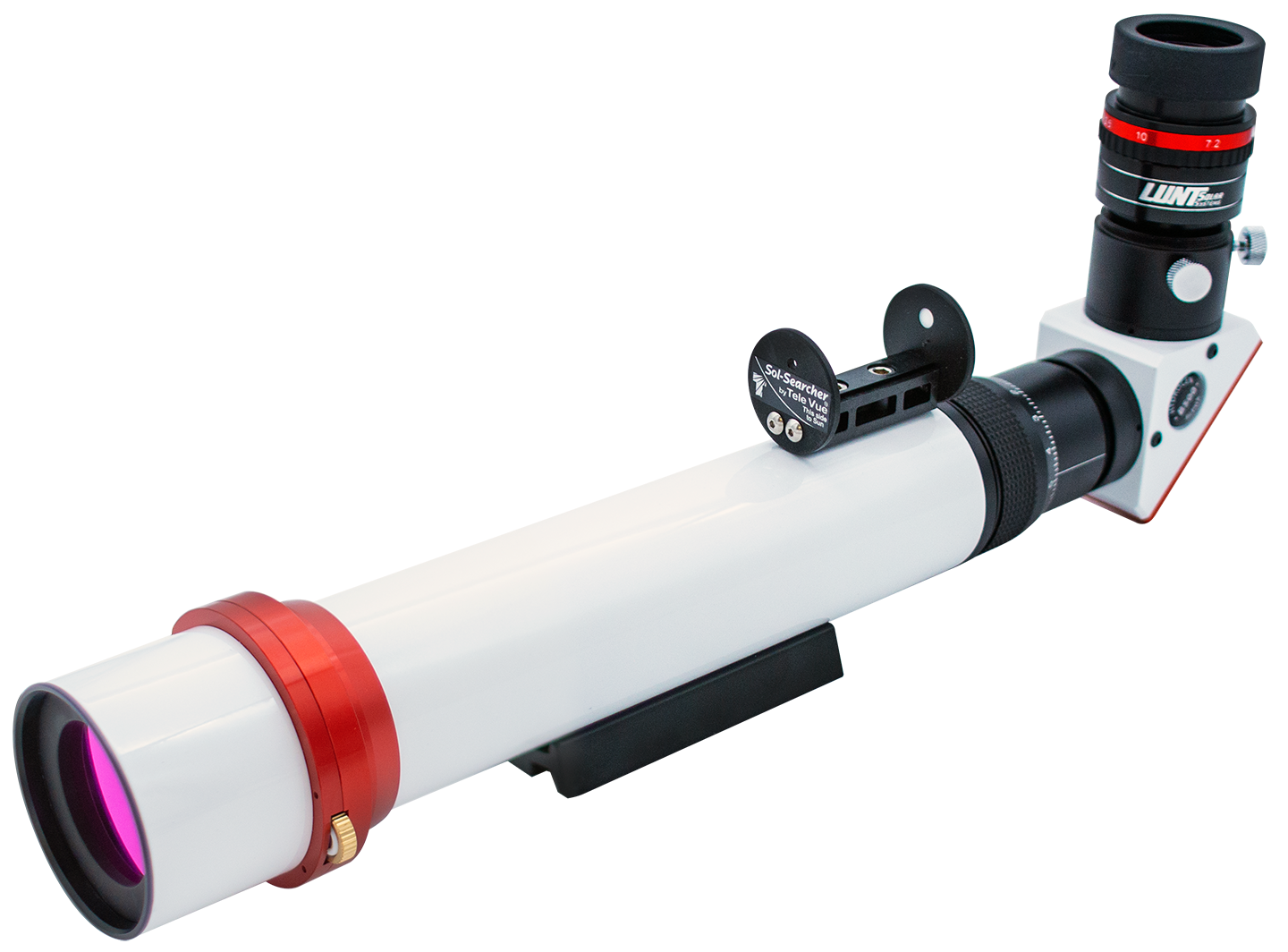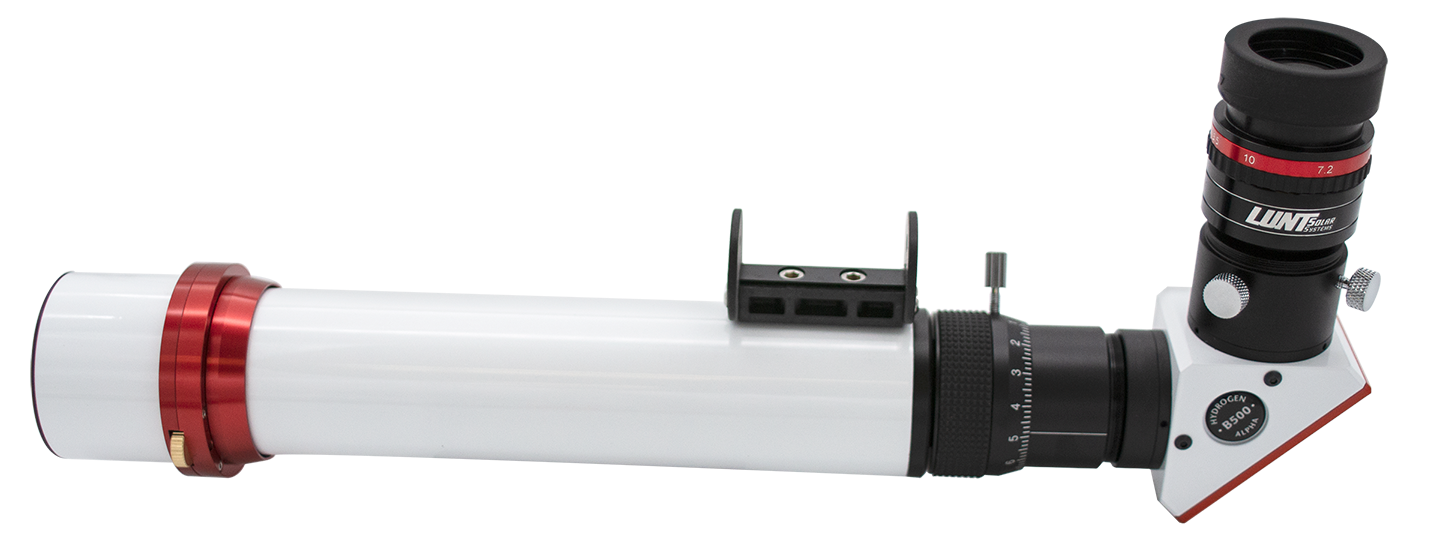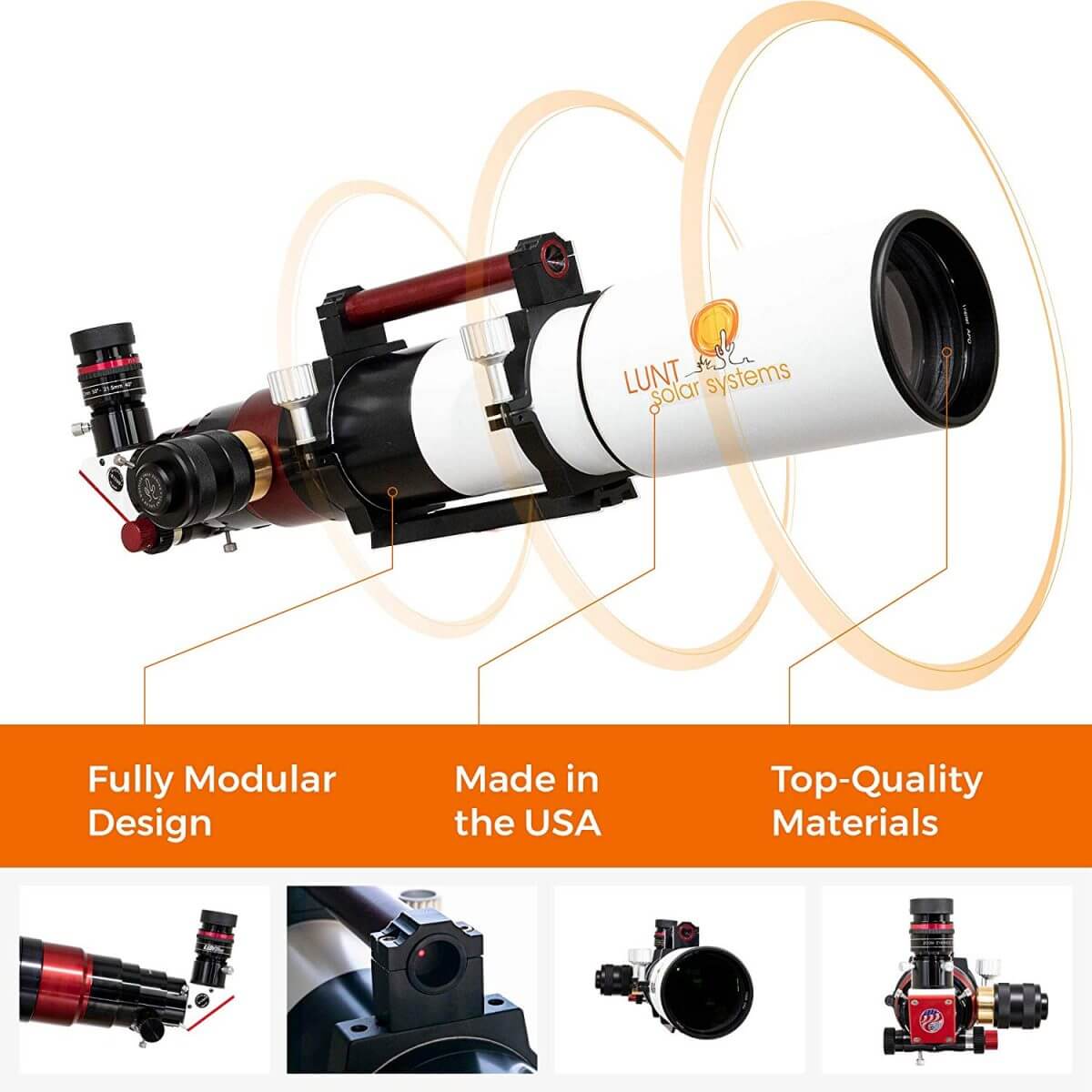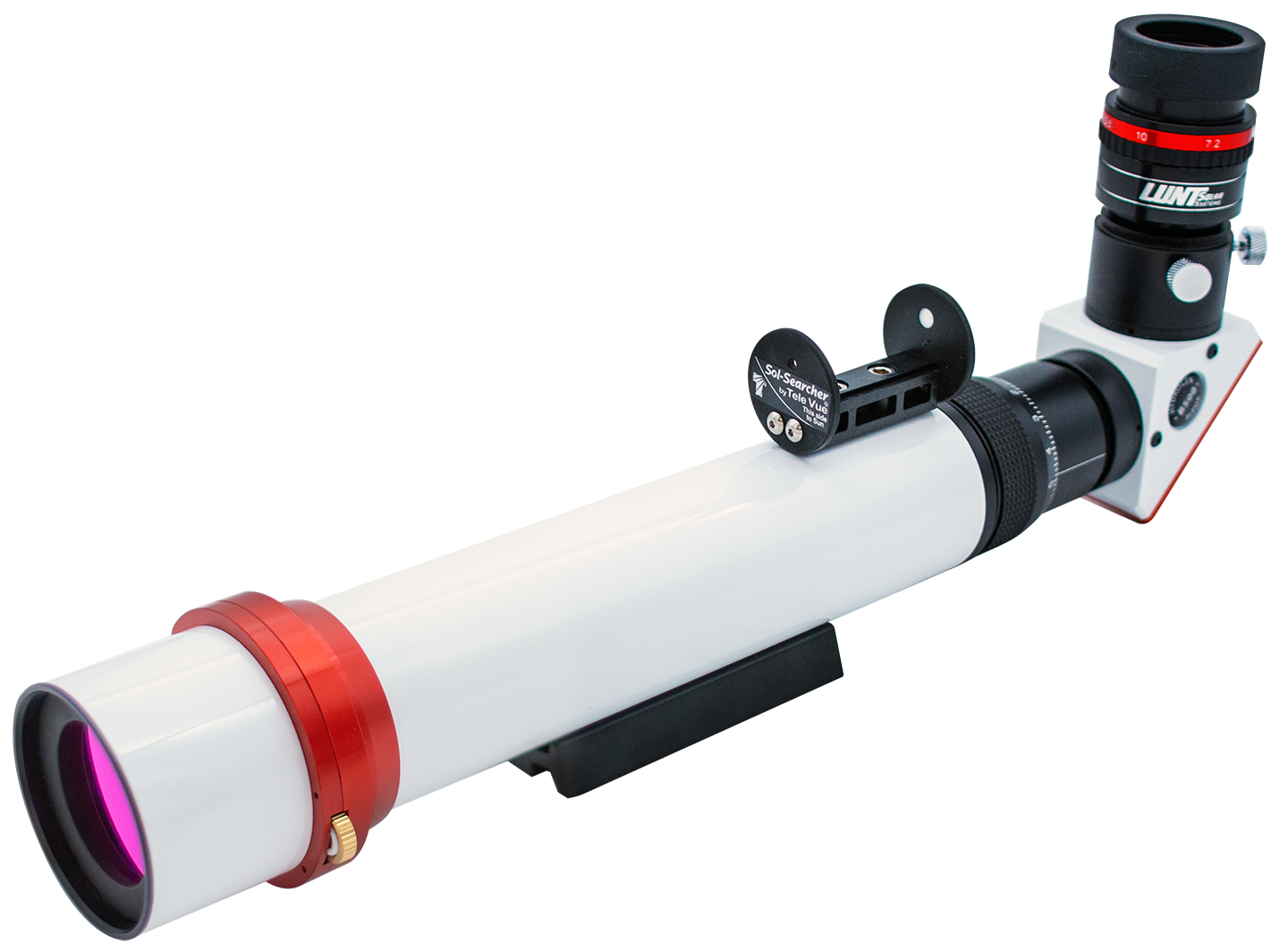

Uncompromising Craftsmanship
Every Lunt telescope is meticulously hand-built and precision-tested in-house to deliver unmatched optical performance. Nothing leaves our hands without meeting exacting standards.
Concierge-Level Support
From expert bench testing to personalized US-based support, our team ensures a seamless experience.
Professional-Grade Imaging
Unlock the full potential of your observations with premium imaging solutions designed to capture the sun’s finest details.
Trusted by NASA
Chosen for mission-critical observation, our award-winning team partnered with NASA to live-stream the 2024 Solar Eclipse—testament to the precision and reliability of our instruments.
Performance Without Equal
Lunt telescopes are engineered for those who demand the best—offering elite capability, flawless build quality, and enduring value.
Enjoy Portable, Affordable Solar Viewing
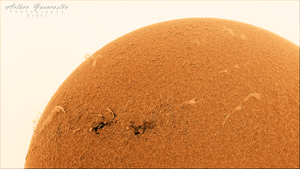
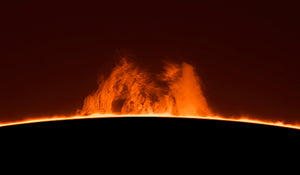
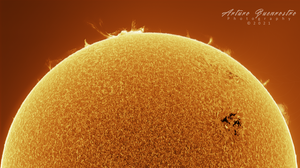
Our Dedicated H-Alpha Solar Telescopes come standard with Lunt’s exceptional Hydrogen Alpha Modules, providing excellent viewing prowess at <.7 angstroms bandpass...
